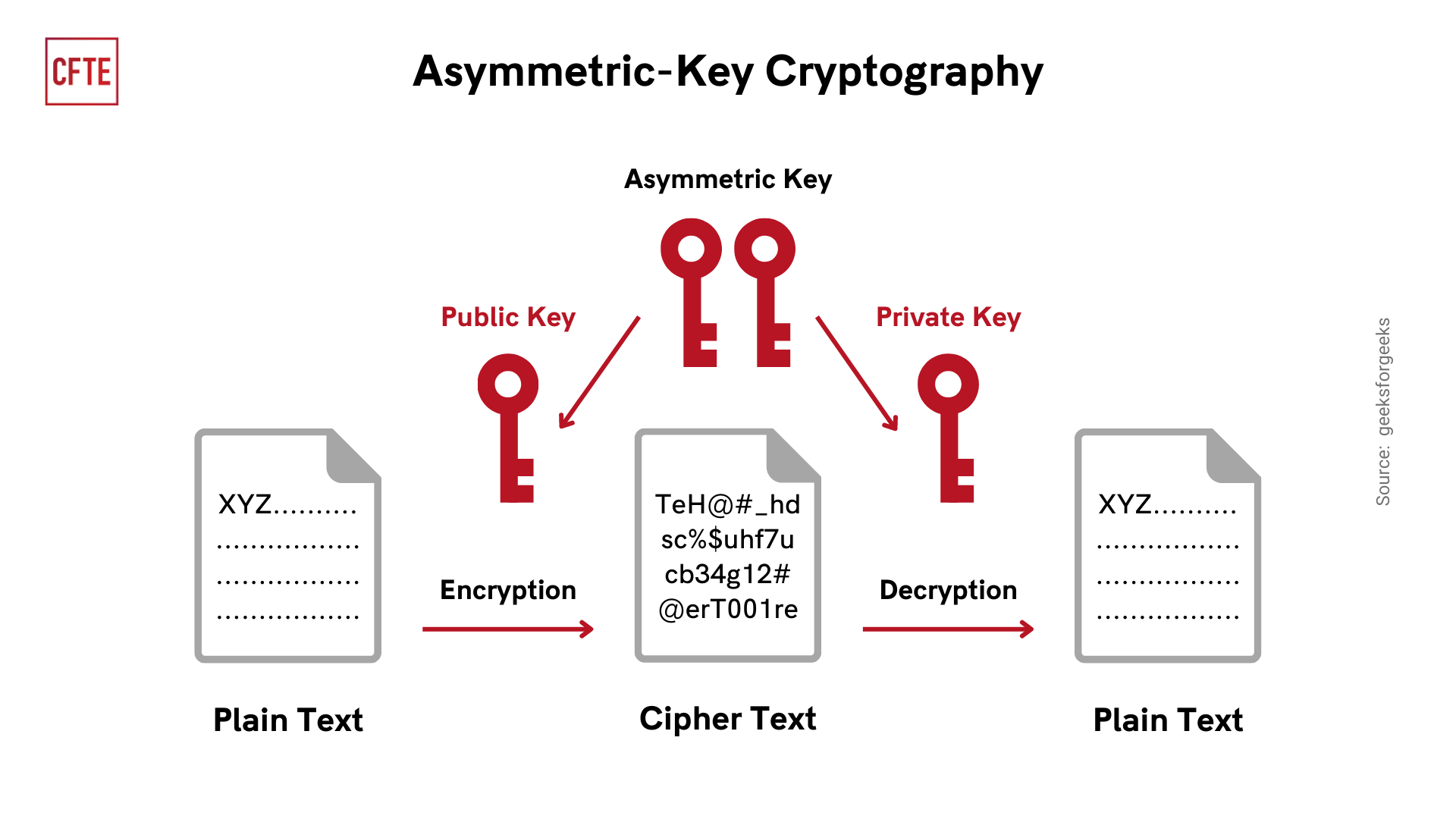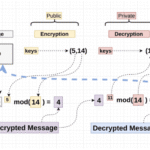In the realm of data security, the utilization of hashes as encryption keys raises intriguing questions: Is it truly safe to rely on hashes for securing sensitive information? While the idea may seem appealing, one must tread carefully, as there are manifold hidden risks associated with this practice. This exploration delves into the intricate landscape of hashes and encryption keys, illuminating both potential benefits and lurking pitfalls.
At its core, a hash function is a cryptographic tool that transforms input data into a fixed-size string of characters, which appears largely random. When considering the application of hashes as encryption keys, one might marvel at the efficiency and speed of hash generation. However, this efficiency comes with trade-offs that can undermine the very security it seeks to bolster.
Firstly, let us examine the fundamental nature of hashes. Hash functions are deterministic, meaning that the same input will always yield the same output. This characteristic, while a crucial advantage for data integrity, poses formidable challenges when used as encryption keys. If an adversary can predict or identify the input that produces a particular hash, they may effectively compromise the entire system by deriving the original value or exploiting related vulnerabilities.
The first notable risk lies in collisions—instances where different inputs produce the same hash output. While modern cryptographic hash functions like SHA-256 have been designed to minimize such events, the possibility cannot be entirely discounted. An adversary who discovers a collision could leverage it to manipulate data, posing a dire threat to the integrity of authentication mechanisms and digital signatures.
When hashes are employed as encryption keys, this brings us to the second concern: entropy. High-quality encryption keys require substantial entropy to withstand brute-force attacks. However, the output of a hash function, particularly if the input is predictable or generated through common algorithms, may lack the necessary randomness. In practical applications where users employ simple or common passwords as inputs, the resultant hash can be susceptible to pre-computed attacks such as rainbow tables, undermining the intended security measures.
Another critical aspect involves key management. Encryption keys must remain confidential and be rigorously protected against unauthorized access. Hashes, by their nature, are designed to be publicly verifiable; this transparency can lead to unintended exposure, especially in poorly implemented systems where hashes are inadvertently leaked. Once a hash is compromised, the security it was meant to uphold crumbles, leading to a cascade of vulnerabilities.
The conversation must also intersect with the concept of key stretching, a technique used to enhance the security of weak keys. Hash functions such as PBKDF2 utilize this principle by applying a hash function iteratively, thereby increasing the effort required for an attacker to conduct a brute-force attack. However, the irony lies in the fact that using a hash function in this manner, while improving security, is essentially contradicting the initial premise of using hashes as straightforward encryption keys. The extra layers of processing add complexity and may inadvertently introduce new vulnerabilities or inefficiencies.
As we probe deeper, the notions of implementation flaws and subpar hash functions cannot be overlooked. The landscape of cryptography is fraught with rapidly evolving threats; relying on outdated or inadequate hashing algorithms can severely diminish security. The community is constantly discovering vulnerabilities, thus it is paramount to stay abreast of the latest advancements and recommendations. Implementing weak hashes can create a false sense of security, potentially inviting catastrophic breaches that compromise sensitive information.
Moreover, scalability presents yet another challenge. As organizations expand, the demands on cryptographic protocols increase. Using hashes directly as encryption keys can complicate scalability efforts; when dealing with vast datasets, key management becomes a monumental task. The need for constant updates, revokes, and key rotations becomes daunting, and the simplicity of hash usage can devolve into an unwieldy process that increases the risk of mismanagement.
Let’s not forget the ethical implications surrounding cryptographic practices. The consideration of privacy and user consent must remain at the forefront. Users often remain blissfully unaware of the underlying mechanisms of security protocols involving hashes, raising ethical dilemmas regarding transparency. Are users aware of the risks associated with their hashed credentials being used as keys? Addressing these concerns is imperative for fostering trust in the cryptographic systems that govern our digital lives.
In conclusion, while the idea of using hashes as encryption keys may be seductive due to their efficiency and simplicity, a thorough examination reveals a plethora of inherent risks. Collisions, entropy issues, key management challenges, and implementation flaws paint a complex picture where the risks often eclipse the supposed benefits. Cryptographers and professionals in the field must navigate this intricate landscape with prudence, ensuring that cryptographic practices are meticulously planned, executed, and maintained. Ultimately, the question remains: can we rely on hashes for our digital fortifications, or must we seek more robust alternatives to safeguard our information in an increasingly perilous cyber environment?









Leave a Comment